by Wallace Wyss –
One thing bout California (I be originally a Wolverine) is that you see race cars being driven on the street. Especially by Bruce Meyer a Beverly Hills commercial realtor who must own a dozen of them. New to me was his ownership of an Alfa Romeo GTZ coupe, series I shown here.
The GTZ stands for Giulia Tubolare Zagato. I saw it in Malibu at the Cross Creek shopping center and was impressed that it could be street driven. I mean this was a race car that won a lot of victories in its time though it existed just as front engine was dying and mid-engine was coming in.
It is amazing that Alfa Romeo could even get back in the ring after being knocked out in 1951. Up ’til then they had a factory racing department but it was closed, at least the engineers could still come up with designs by building them in the experimental department under the pretense they were future street cars. Among the highlights during the ’50s was the Disco Volante and sports cars with some of their design cues, and the 1900 sedan for long road races.
They had one idea in ’59 but had to wait four more years until they could build a prototype and then that got shoved aside while they developed the Giulia. The new design was nicknamed the Tubolare because it was not based on a street car but an assemblage of tubes.
Zagato built the bodywork atop a network of small diameter tubes. There was no comfort features, no amenities, no air con, no radio, no wind wings. Everything for comfort was cut because you wanted it to be light. The frame was close to 100 lbs. about 80 less than the more streetable Gullwing Mercedes. The hand made Zagato body panels had a shape with no thought of bumper protection. Even the grille seems only to be an outline, no mesh.
The engine was a four-cylinder, double overhead cams, displacing 1570 cc, rated at 175 bhp at 6500 rpm. The chassis was actually outsourced, built in the province of Perugia by SAI Ambrosini.
The result of the tubular frame and alloy body was a curb weight of 650 kilograms (1,430 lb). It could wind out to top speed of 134 miles per hour (216 km/h). Although as I say it was a race car, they did sell street versions but the racing versions cranked out up to to 160 brake horsepower (120 kW). The inline four engine was sophisticated, a twin-spark cylinder head, on top of a standard Giulia alloy block with wet steel liners. Similar to the Mercedes 300SL the engine was installed at an angle so the aerodynamics could be better with a lower hoodline.
It was very fast for a four-cylinder. It stuck to the ground because of the Kamm effect rear end (named after Dr. Winnibald Kamm, a German who thought up the chopped tail. Actually he liked long tapered tails but this was the next best thing). It was fast and easy to drive with a 5-speed transmission.
They invaded Sebring in 1964 with the factory backed Scuderia Saint Ambroeus. Chuck Stoddard and Jim Kaser took the 1600 GT class, even though they had clutch problems and had to muscle it into each gear. They had feared the Abarth-Porsche, Jim Clark in a Lotus and two Lotus Elans but won their class.
Over 100 were made, had to be made in order for it to be eligible for the title production car, but they were made when racing was changing fast and soon their was the TZ2 which was lower, wider, more aerodynamic but you don’t ever see a TZ2 on the street, too undrivable in daily driving conditions.
Early in 1965 the company decided that racing was working for them so they put together a team thought of as quasi-independent, called Autodelta – and their man in charge was a genius, an ex-Ferrari, ex-Alfa man named Carlo Chiti. In a way it was repeating history because Enzo himself had come from an Alfa racing team when he started to build Ferraris. Among the race cars he designed after the TZ was the Alfa 33, a far more sophisticated mid-engined car.
It is generally believed of the first TZ, 112 units were built between 1963 and 1965.
So the GTZ (not called the GTZ- until the GTZ-2 made its debut) was short lived but an example of those days when an honest-to-God race car could be racing at Sebring one day and driven on the street the next.
Let us know what you think in the Comments.
THE AUTHOR: Wallace Wyss hopes to have a story on an Alfa Romeo in the car fiction anthology he is putting together.
Principal photogtaphy by Richard Bartholomew.

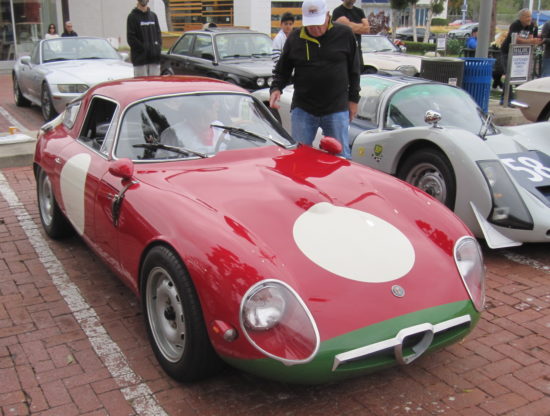
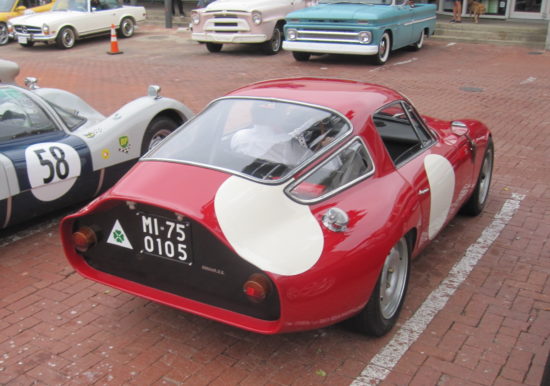
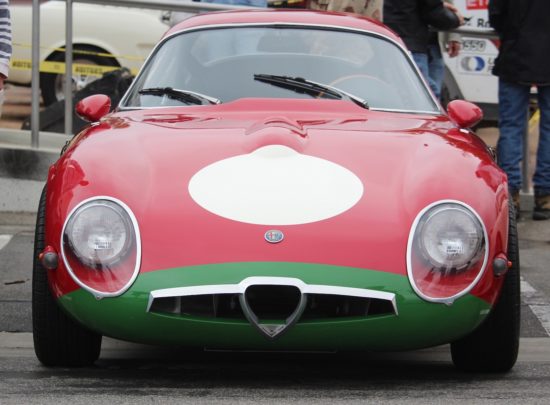
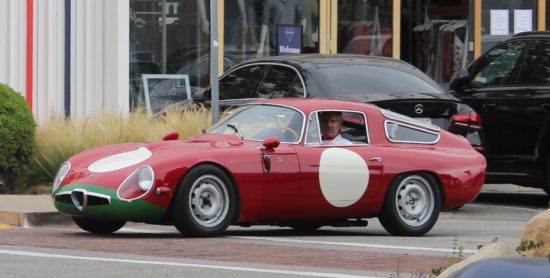
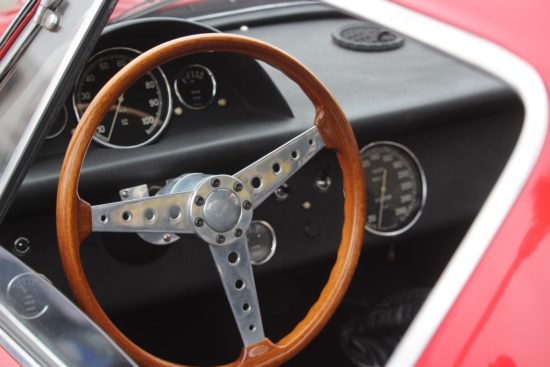
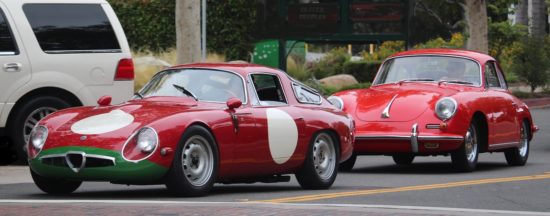
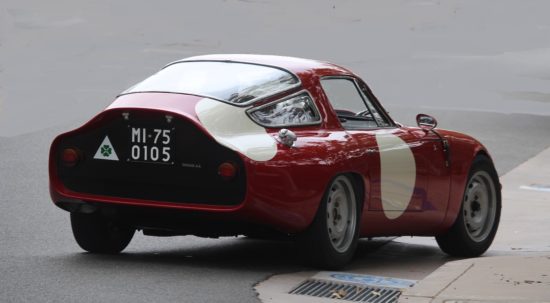

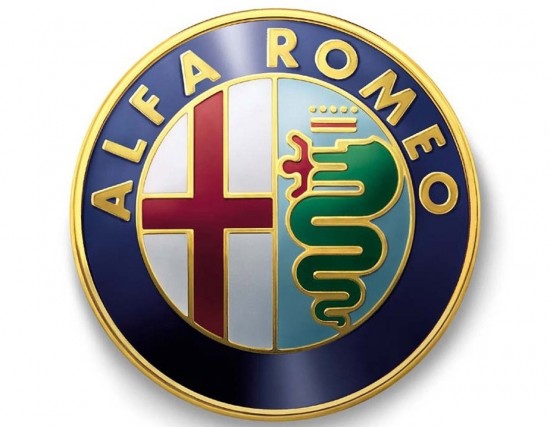


I got to see Bruce Meyer’s car collection, which is on the 2nd–floor of a building off Rodeo Drive, a few years ago. The building has GARAGE sprayed in red paint on the front, which borders an alley. I was with a bunch of Fisher Body Craftsman’s Guild winners – we were showing our model cars at Art Center in Pasadena back then. Bruce invited us to his garage and gave us a tour. He’s a great guy. His car collection is just cars he happens to like. It is all private.
Thanks William…I remember that day so well. Perhaps the most wonderful, knowledgable and enthusiastic group I’ve ever met!!! Just THE BEST!!!
THANKS Wallace and Michael. The TZ is often called THE baby Ferrari GTO. It competes and wins beyond its class. Light nimble and quick for 1600 CCs… It’s a sublime ZAGATO design which is beautiful 55 years later. So happy you like it.. If you’re driving a TZ and you want to end up on the podium…NEVER LIFT!!!!
The TZ didn’t just pop into existence there was the SZ based on the Guilia Chassis and then the SZ Codatronca with looks very similar to the TZ shape wise.